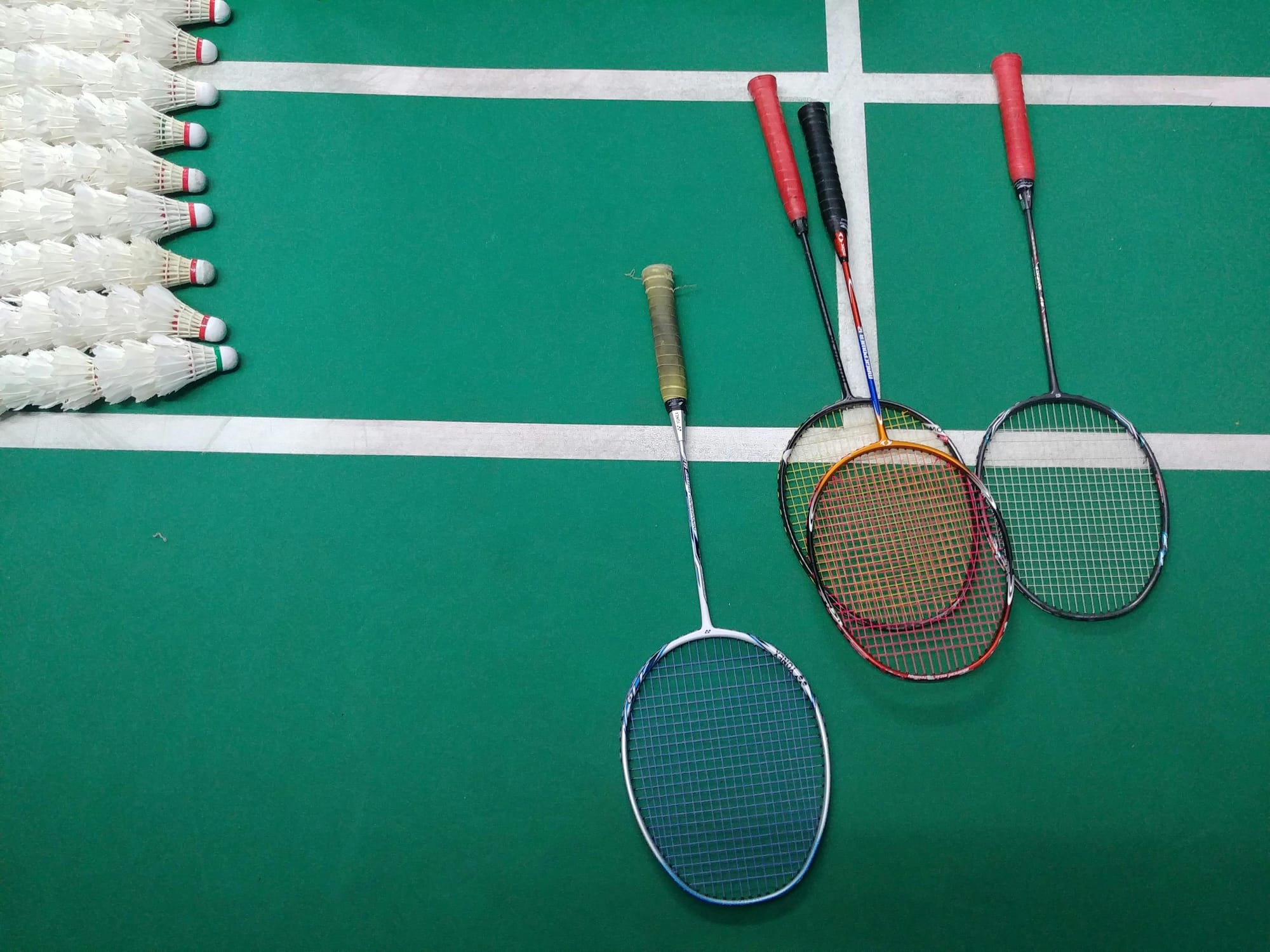Table of Contents
The Ultimate Guide to Badminton Rules
Badminton is a dynamic and thrilling sport enjoyed by millions around the globe. Whether you’re playing a friendly match in the backyard or competing in a professional tournament, understanding the rules is essential for fair play and maximum enjoyment. Here’s a comprehensive guide to the rules of badminton.
Basic Equipment
- Racket: Each player uses a lightweight racket.
- Shuttlecock: The shuttlecock, or birdie, can be made of feathered material or synthetic plastic. It must weigh between 4.74 and 5.50 grams.
- Net: The net stands 1.55 meters high at the edges and 1.524 meters high in the center.
- Court: The court is rectangular, 13.4 meters long and 5.18 meters wide for singles, and 6.1 meters wide for doubles.

Scoring System
- Match Format: Matches are played best out of three games.
- Game Points: Each game is played to 21 points, and players must win by at least a 2-point margin. If the score reaches 29-29, the next point wins the game.
- Rally Scoring: A point is scored on every serve, regardless of which player served.
Serving Rules
- Service Courts: The court is divided into left and right service courts. In singles, serve from the right when the score is even and from the left when it’s odd. In doubles, the same serving order applies but partners rotate serving.
- Service Execution: The serve must be delivered underhand and the shuttle must be hit below the server’s waist.
- Service Faults: A fault occurs if the shuttle is hit above the server’s waist, if the shuttle does not land in the correct service court, or if the server steps out of the service area.

Playing the Rally
- Rally Start: The rally begins with a legal serve.
- Legal Shots: The shuttle must be hit over the net and land within the opponent’s court boundaries.
- Faults During Rally: A fault occurs if the shuttle lands outside the boundaries, fails to pass over the net, is hit more than once by the same player, or touches the player’s body or clothing.
- Let: A let is called to halt play and replay the point, typically due to an unforeseen disturbance or if the shuttlecock gets stuck in the net after crossing over.
Doubles Specific Rules
- Serving Order: Partners must alternate serves. If a team wins a point, the same server serves again from the opposite service court.
- Court Boundaries: In doubles, the serve must land within the short and wide service court boundaries, and during rallies, the full court (except the narrow area along the sides) is in play.
Key Strategies and Etiquette
- Sportsmanship: Respecting opponents, abiding by the rules, and maintaining a positive attitude are crucial elements of good sportsmanship.
- Communication: In doubles, effective communication between partners is essential to coordinate movement and shot selection.
- Variety in Shots: Using a mix of clears, drops, smashes, and net shots can keep opponents off-balance and create scoring opportunities.
Conclusion
Badminton is a sport that combines physical agility, strategic thinking, and precise control. By understanding and following these rules, players can ensure a fair and enjoyable experience for everyone involved. Whether you’re a novice or a seasoned player, keeping these rules in mind will help you play better and have more fun on the court.
